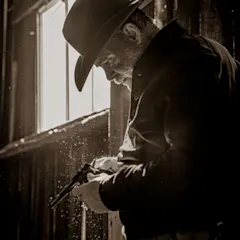We may earn revenue from the products available on this page and participate in affiliate programs. Learn more ›
The 357 Magnum vs. 38 Special comparison might seem pointless since a revolver chambered for the 357 Magnum can also fire 38 Special ammunition. Add to this the fact that the 357 Magnum is about twice as powerful, and it would all seem to antiquate the 38 Special. But that is not the case. Why? Well, partly because choosing the right handgun or handgun chambering is not always about power. But it’s also because, depending on what the job is, using a 38 Special revolver—or firing 38 Special ammunition in a 357 Magnum revolver—sometimes just does the job better. To fully understand and appreciate the differences and the advantages of each cartridge, we must dig into the details of 357 Magnum vs 38 Special. So, here we go.
Learn how to subscribe to the new Field & Stream magazine here!
357 Magnum vs 38 Special: Table of Contents
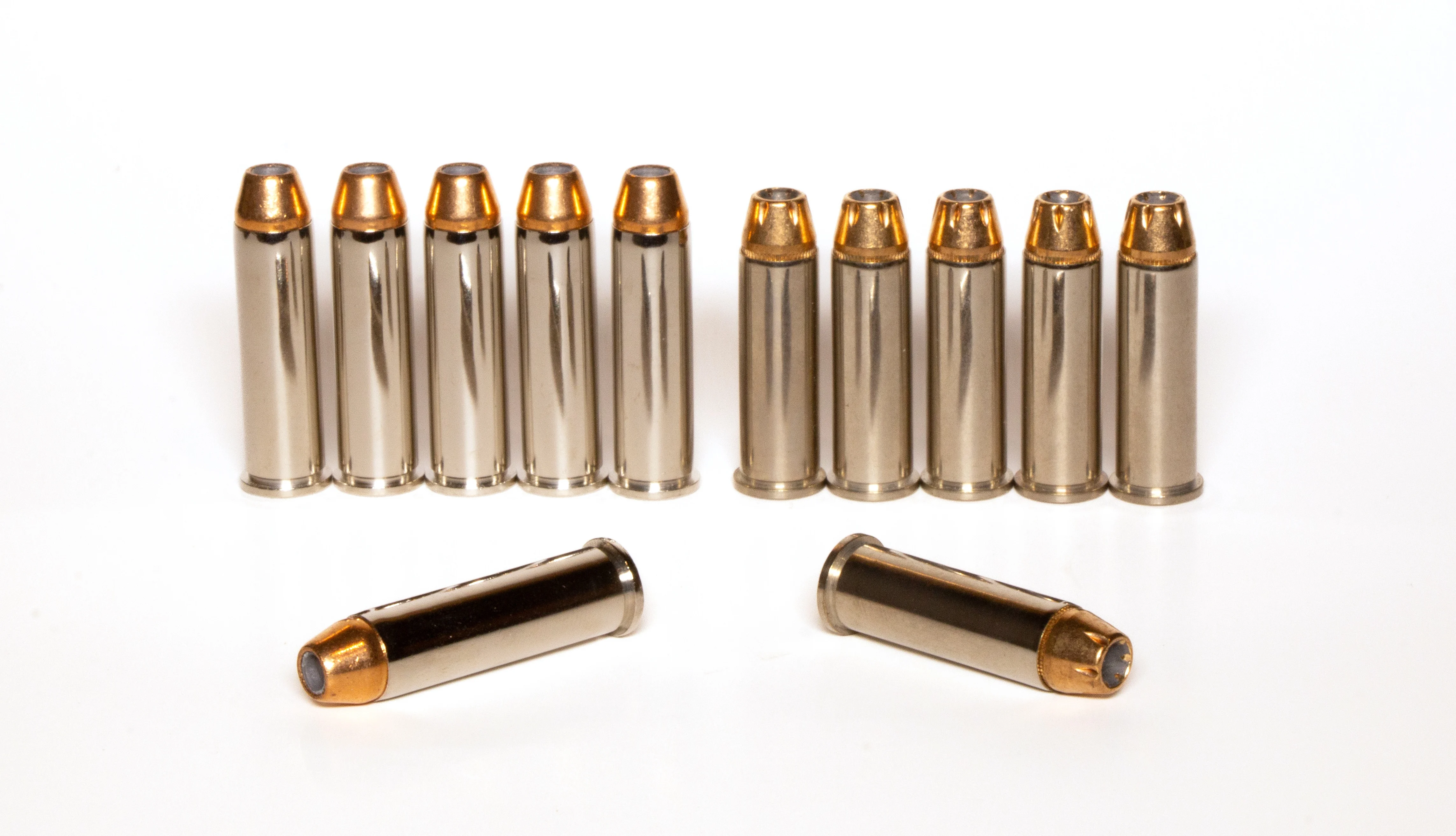
357 Magnum vs 38 Special at a Glance
38 Special Overview
357 Magnum Overview
357 Magnum vs 38 Special Ballistics
357 Magnum vs 38 Special: Recreational Shooting
357 Magnum vs 38 Special: Competition Shooting
357 Magnum vs 38 Special: Hunting
357 Magnum vs 38 Special: Recoil and Shootability
357 Magnum vs 38 Special: Which is Better?
Best Loads for the 357 Magnum and 38 Special
Related: 9mm vs 40 S&W
357 Magnum vs 38 Special at a Glance
In a nutshell, the 357 Magnum is a cannon compared to the mild-mannered 38 Special. The magnum has a longer case, can fire heavier bullets, and produces more than double the pressure. Here’s a quick comparison before we get into the detail of each.
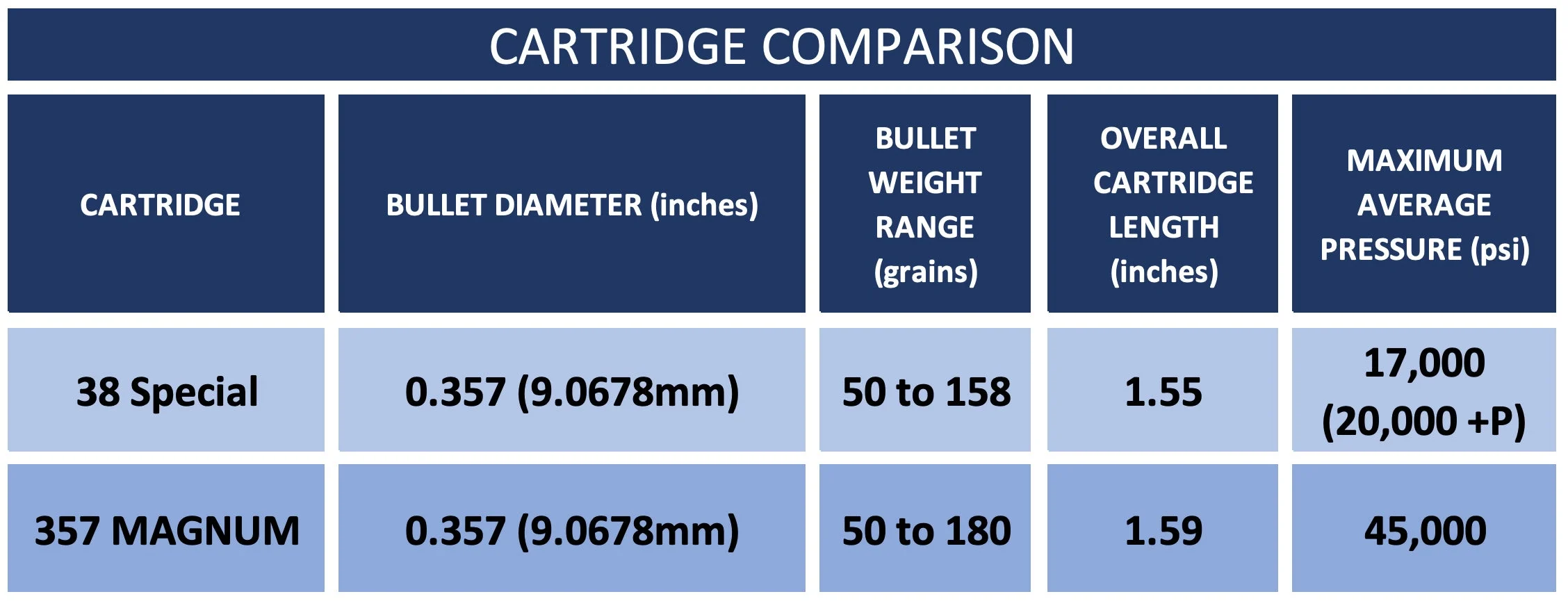
38 Special Overview
The 38 Special enjoys the popularity that’s common with all military cartridges. Developed at the end of the 19th century and chambered by Smith & Wesson in their Military & Police revolver, early 38 Special ammunition was loaded with black powder and pushed a 158-grain, 0.357-caliber bullet to about 775 feet per second. Underwhelming by modern standards, this load generated only about 211 foot-pounds of kinetic energy at the muzzle. But back in the day, the military and police departments jumped on board.
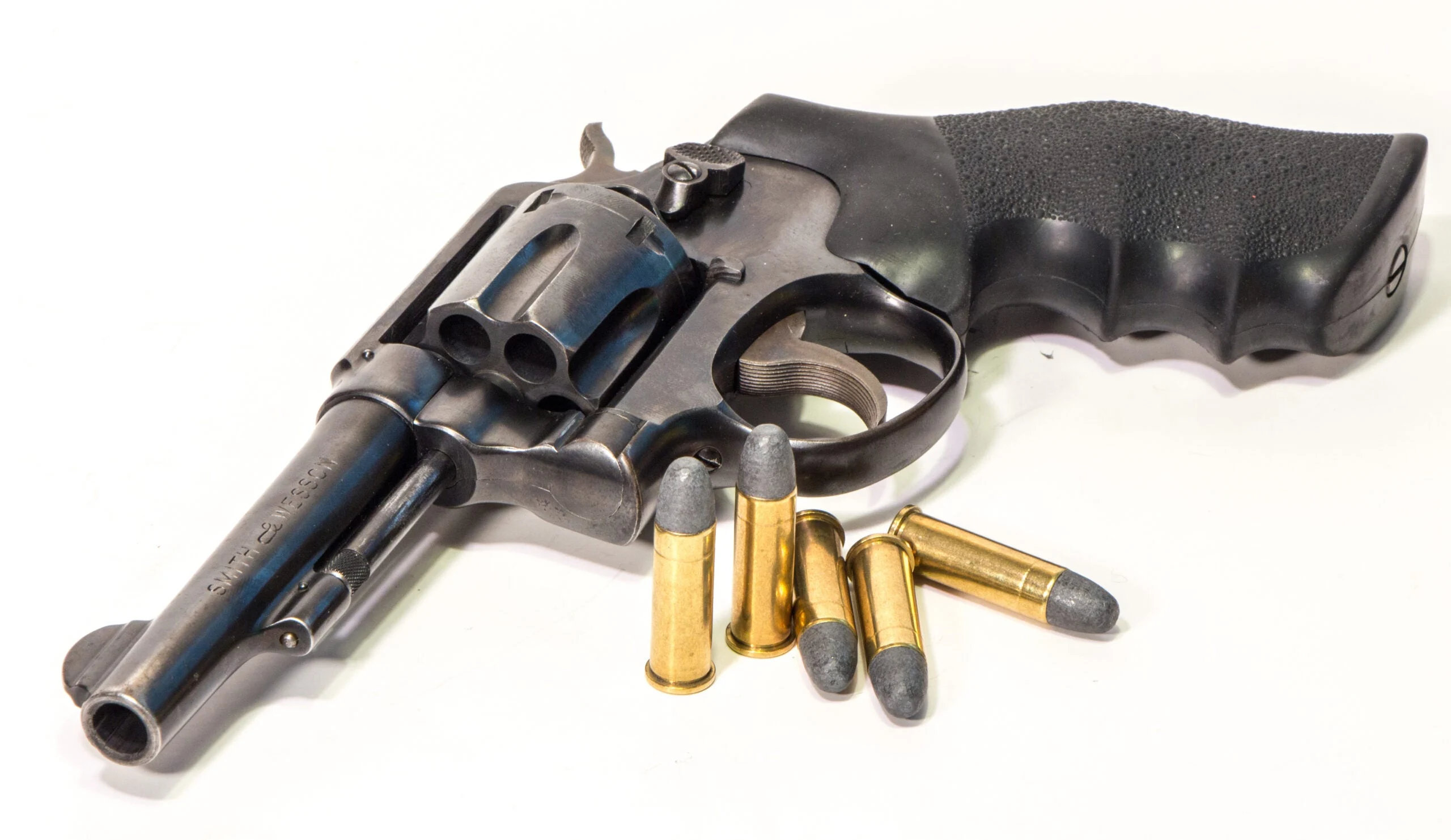
As with most cartridges that become popular, innovation follows. Today the 38 Special is one of the most prevalent revolver cartridges, and 38 Special +P ammunition is similar to the best 9mm Luger loads. But manufactures only load standard 38 Special ammunition to a maximum average pressure (MAP) of 17,000 psi so it is safe in older 38 Special revolvers. 38 Special +P ammunition has a MAP of 20,000 psi and will push a 158-grain bullet about 15 percent faster. Today, the 38 Special is very popular in compact, short-barrel revolvers, and it has always had a great reputation for accuracy.
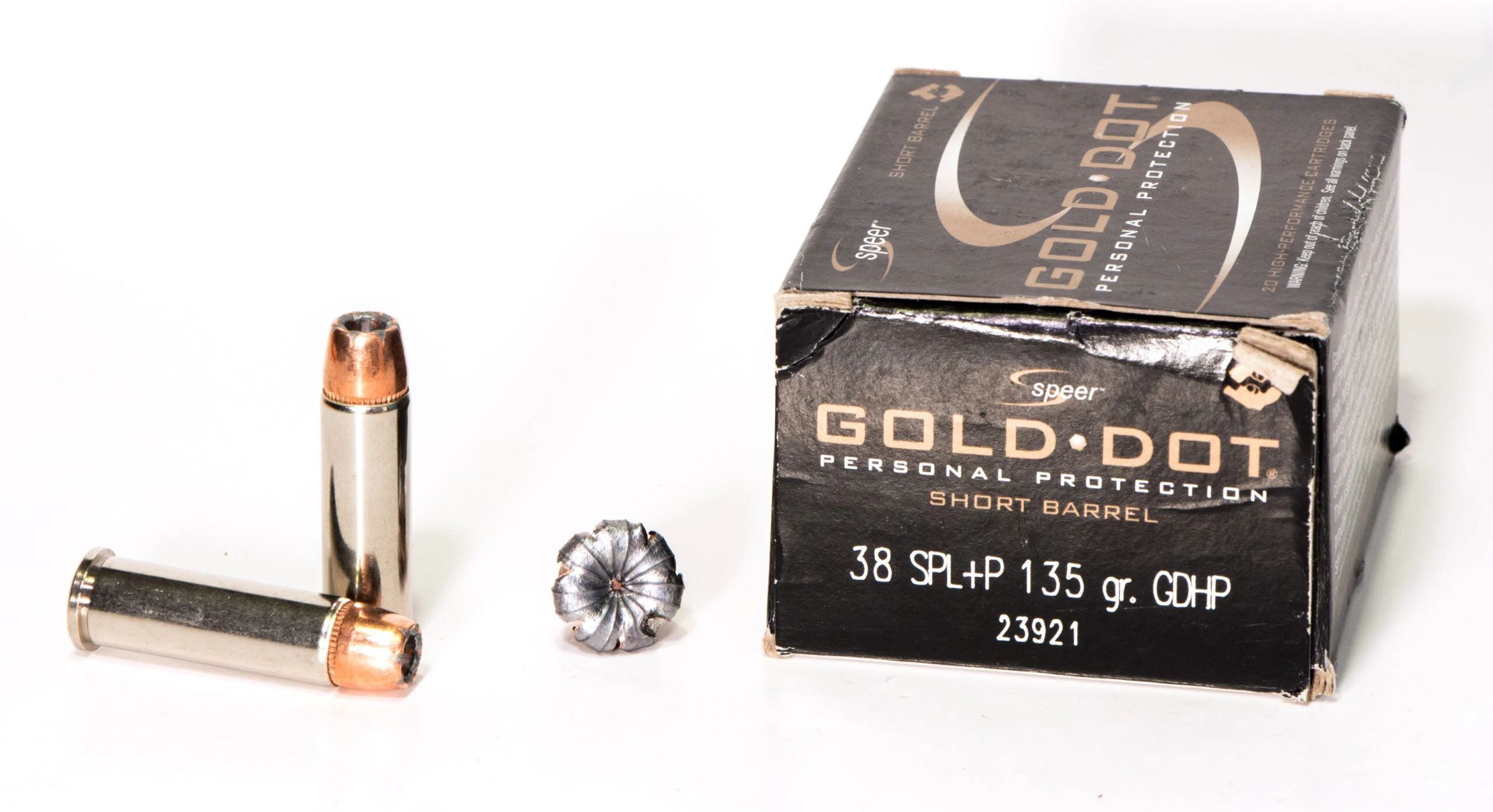
You’re probably wondering why we call a cartridge that uses a 0.357-caliber bullet a 38? The answer makes about as much sense as it doesn’t. At the end of the Civil War, many Colt black-powder revolvers were converted to fire a metallic cartridge. Those revolvers had a groove-to-groove bore diameter of about 0.374-inch – which is very close to 0.38-caliber—and they were converted to fire the 38 Colt Short cartridge. When Colt developed the 38 Long Colt, which fires a 0.357-inch diameter bullet, they kept “38” in the name for marketing recognition, and S&W did the same thing with the 38 Special.
Related: 38 Super vs 9mm
357 Magnum Overview
Like the 38 Special, the 357 Magnum fires a 0.357-caliber bullet, but there are two main differences. The 357 Magnum’s case is 0.135-inch longer, and manufacturers load it to a MAP of 45,000 psi. The 357 Magnum’s longer case prevents 357 Magnum ammo from working in 38 Special revolvers, but it’s the difference in pressure that truly sets these cartridges apart. The 357 Magnum can push a 158-grain bullet to 1400 fps. Smith & Wesson could have called it the 38 Magnum, but you’ve got to admit, 357 Magnum sounds better.
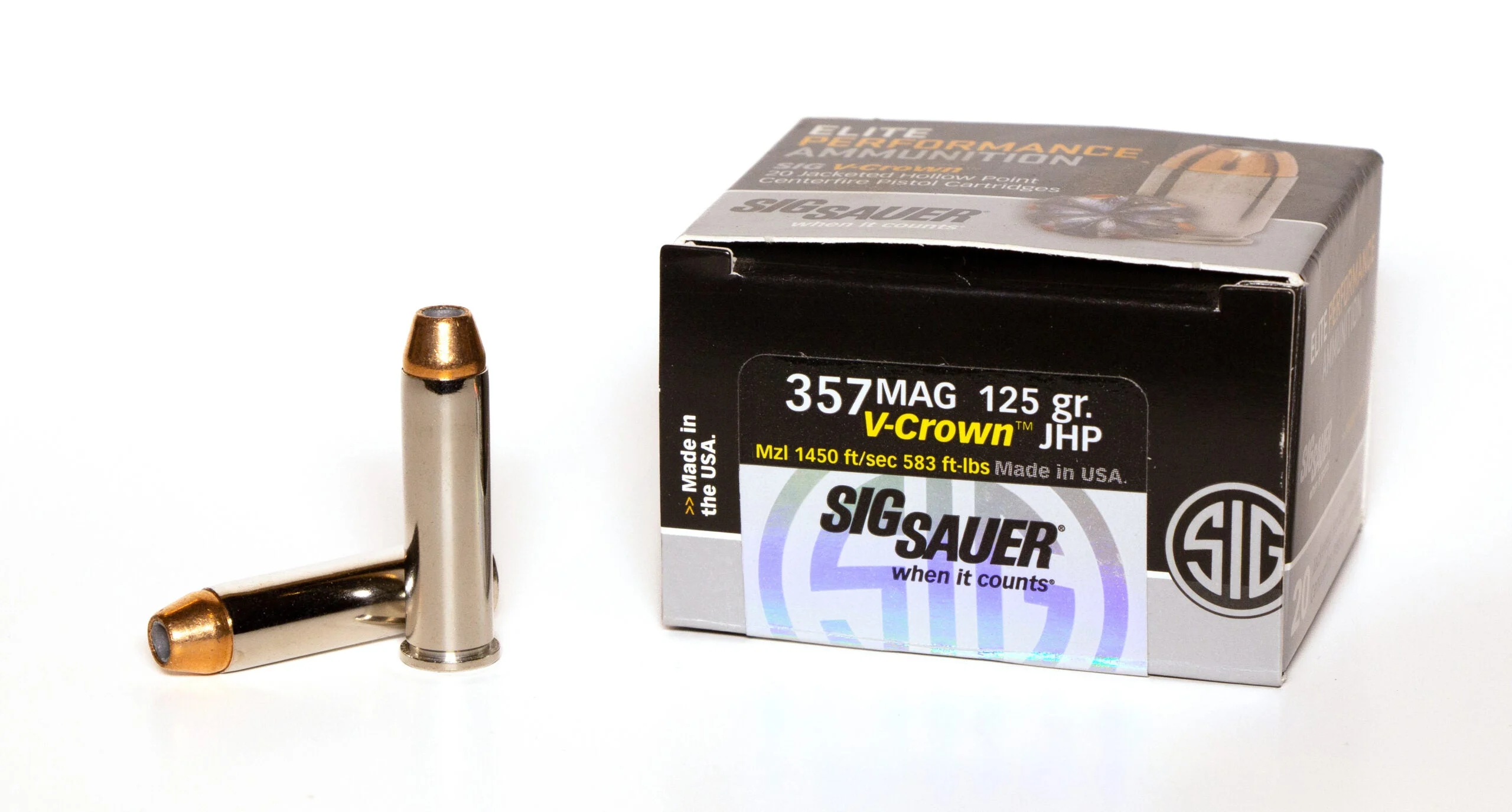
The 357 was introduced in 1935 and was an immediate success. By the 1950s, it was the cartridge of choice by most police agencies and many continued to use it as late as the mid 1990s. When I became a police officer in 1992, I was issued a S&W Model 686 chambered for the 357 Magnum. With its ability to fire lower-recoiling 38 Special ammunition for practice and training, it seemed like a cop’s best friend. And it was, until departments benched it for high capacity 9mm and 40 S&W pistols. Still, with its rather astonishing muzzle blast and snappy recoil, the 357 achieved a reputation as a powerhouse and has been used to hunt all sorts of big game, even animals as large as elk.
357 Magnum vs 38 Special Ballistics
When it comes to ballistic performance, the 38 Special and the 357 Magnum are not in the same league. It’s almost like comparing a 30-30 Winchester with a 30-06 Springfield. Of course, in 1685, an Englishman, who would become knighted by the Queen, taught us the repercussions of shooting powerful cartridges long before the 38 Special or 357 Magnum existed. Newton’s third law about equal and opposite reactions explains recoil, and it’s why the 357 Magnum hits back twice as hard as the 38 Special. It’s the price you pay for substantially higher energy. Here is a breakdown of the 357 Magnum vs 38 Special ballistic comparison.

357 Magnum vs 38 Special: Recreational Shooting
The macho men among us may find some appeal in seeing a big fireball, hearing an ear-splitting blast, and having their wrists twisted by a powerful handgun like the 357. But for enjoyable recreational shooting, the 38 Special is peerless as a revolver cartridge. You could class everything about it as mild. The first handgun I ever fired was my grandfather’s S&W Model 10 38 Special. I was only 5 years old, and we got along just fine. Had I fired a 357 Magnum at that age, I might have developed an irrational fear of revolvers. When it comes to shooting for fun, the 38 Special has it all over the 357 Mag.
357 Magnum vs 38 Special: Competition Shooting
There are multiple types of handgun competitions. For those based on accuracy, a 38 Special revolver or a 357 Magnum revolver firing 38 Special ammunition is the wise choice. However, for hunting-style silhouette matches, the flatter trajectory and harder punch of the 357 knocks the targets over at greater distances more easily. In IDPA and USPSA sanctioned combat-style matches, there’s a power factor which is based on bullet weight and velocity. This separates the 38 Special and 357 Mangum in these competitions and gives the 357 a scoring advantage. So, in competition, it just depends on the game.
357 Magnum vs 38 Special: Hunting
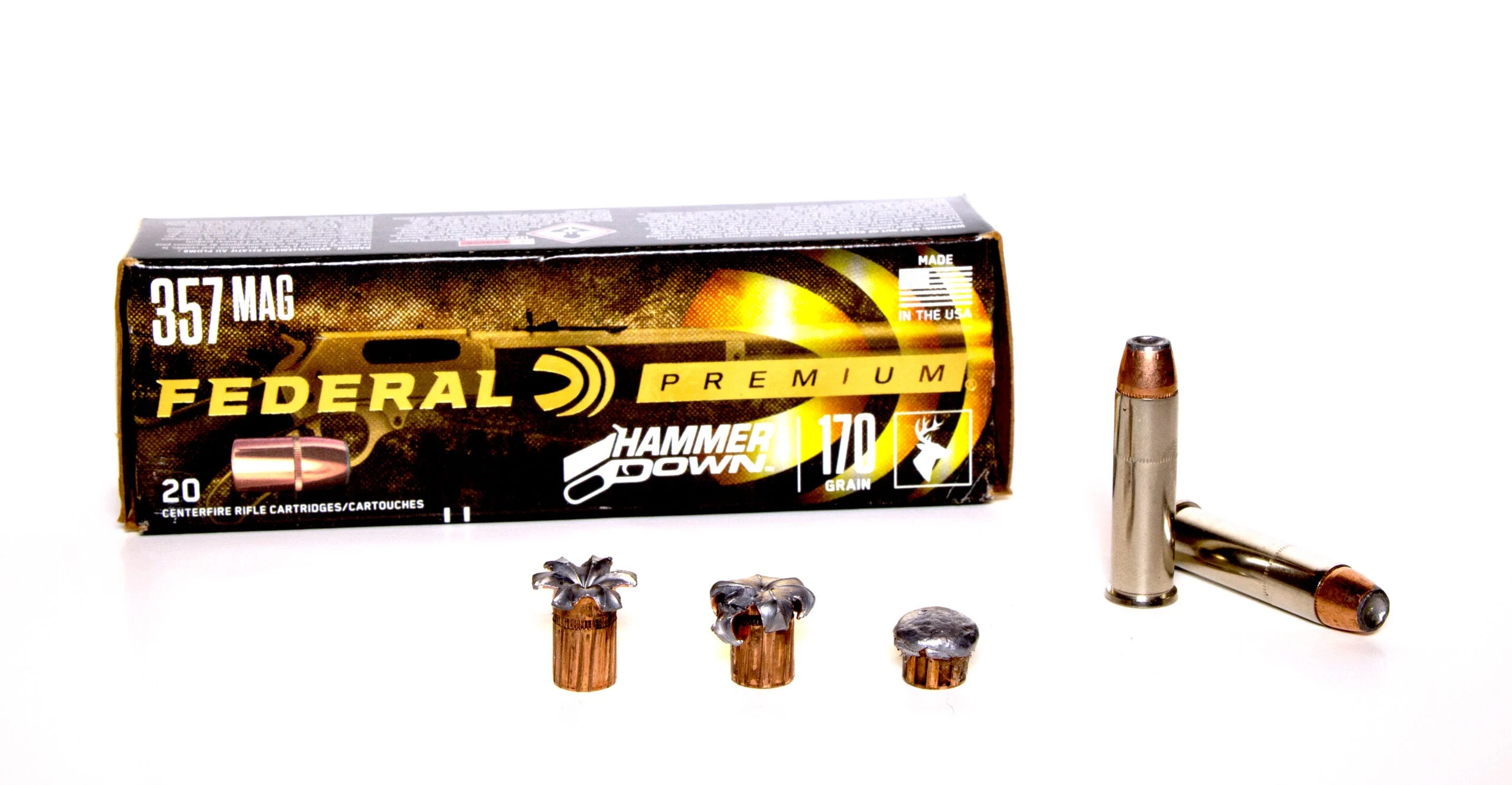
For the same reasons the 357 Magnum is a better choice in steel silhouette matches, it’s also a better choice for hunting. With the right loads, you can cleanly take feral hogs, deer, and bear with a 38 Special, but you can do it with more authority and at much greater distances with the 357 Magnum. Because of its added power, the 357 Magnum can also handle heavier bullets, which can offer a terminal performance advantage. There are rifles, especially lever-action rifles, chambered for both of these rounds, but for big game, the 357 has a decided advantage.
Related: The 25 Greatest Handguns of All Time
Recoil and Shootability
Law enforcement mostly abandoned the 38 Special for the 357 Magnum because the Magnum was more powerful. But as important as power might seem, even in that environment there are other things that matter. The heavy recoil of full-power 357 Magnum loads complicates fast and accurate follow up shots, especially out of snub nose (short barrel) revolvers. These revolvers can also have short ejection rods that may not reliably push the longer 357 Magnum cases out of the cylinder. Out of these easy to carry and conceal compact revolvers in 357 Magnum or 38 Special, it’s often best to shoot +P 38 Special ammo.

357 Magnum vs 38 Special: Which is Better?
It seems like the simple solution is to just get a 357 Magnum revolver and then shoot 38 Special, 38 Special +P, or 357 Magnum ammunition, as the situation dictates. That’s generally the best advice, unless you want an ultra-compact and lightweight snub-nose revolver like the Ruger LCR. One of those in 38 Special is 20 percent lighter and cost roughly 14 percent less than its 357 Magnum counterpart. Though the 357 Magnum is clearly the ballistically superior cartridge, the answer to the 357 Magnum vs. 38 Special question is not always the same, and it’s not always about power. Think carefully about what you will use your revolver for, then consider everything before making your choice.
Related: 9mm vs 10mm
Best Loads for the 357 Magnum and 38 Special
We’ve laid out all the different applications where these two cartridges offer different levels of performance. But, as versatile as they both are, picking a single best load for either is difficult. A load that might be best for recreational shooting won’t be best for hunting or even personal protection. Of course, here at Field & Stream, we focus on the outdoors, which puts loads for hunting and defense from predators at the top of our list. Within those parameters, choosing a single best load for both cartridges is actually rather easy, and in fact, those loads are very similar.
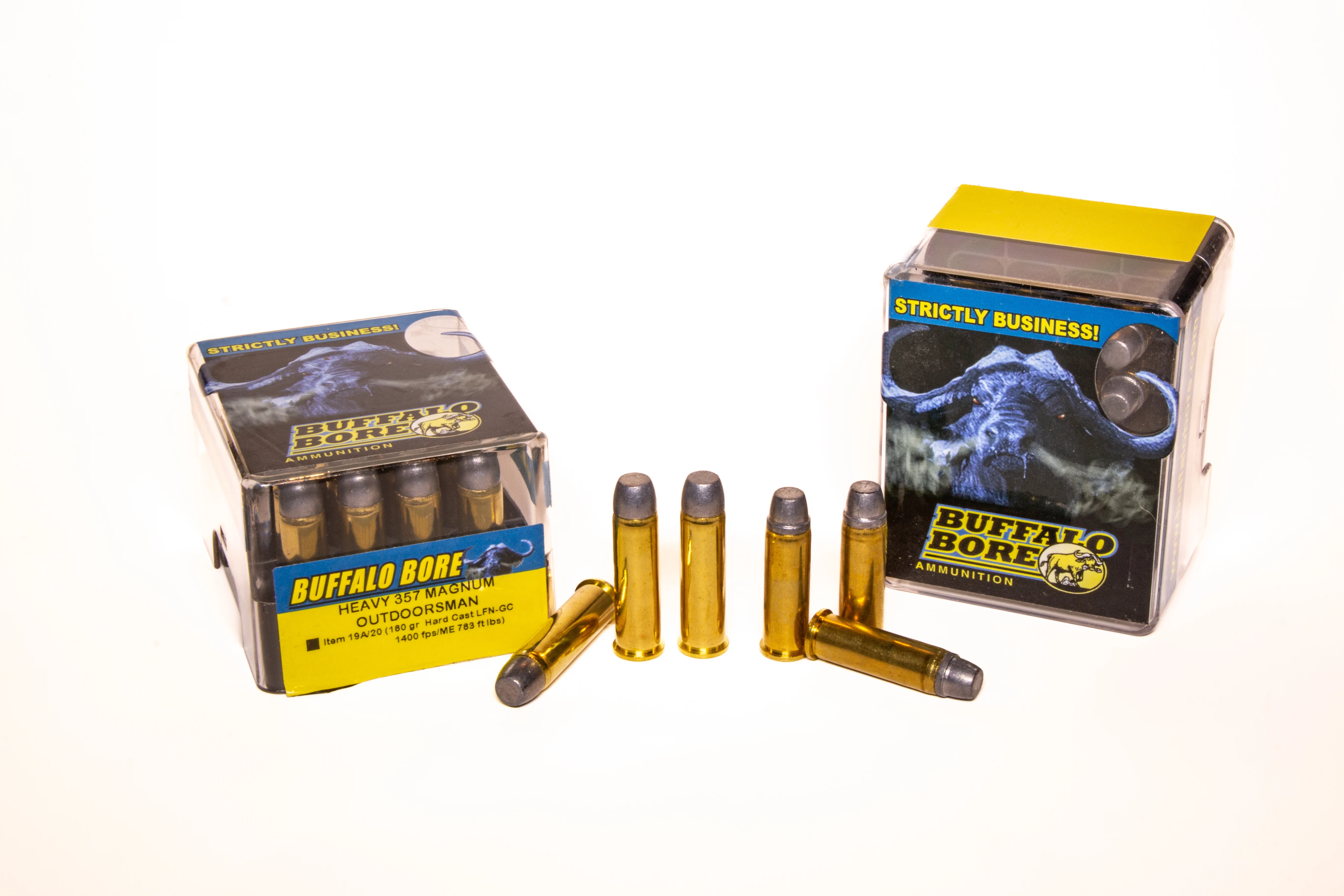
Some of the best handgun bullets for hunting are hardcast bullets, because even though these bullets do not upset on impact, they penetrate very deep. The problem with handgun bullets that do upset or expand, is that they greatly limit penetration and that limits the shots you can take on a big-game animal. This is especially true if it is a big, pissed off bear that wants to chew on you. This makes the hardcast Outdoorsman loads from Buffalo Bore for both cartridges optimal choices for those who live life in the wilderness.
The 158-grain 38 Special Outdoorsman load will push a 158-grain bullet to 1250 fps and shoot through and through any deer, and it will also punch a hole in the head of a grizzly. The Buffalo Bore Heavy 357 Magnum Outdoorsman load is even more wicked. It pushes a non-expanding, 180-grain hardcast bullet to 1400 fps with more than 700 foot-pounds of muzzle energy. It will not only get the attention of the animal you’re shooting, but it will get yours as well.


